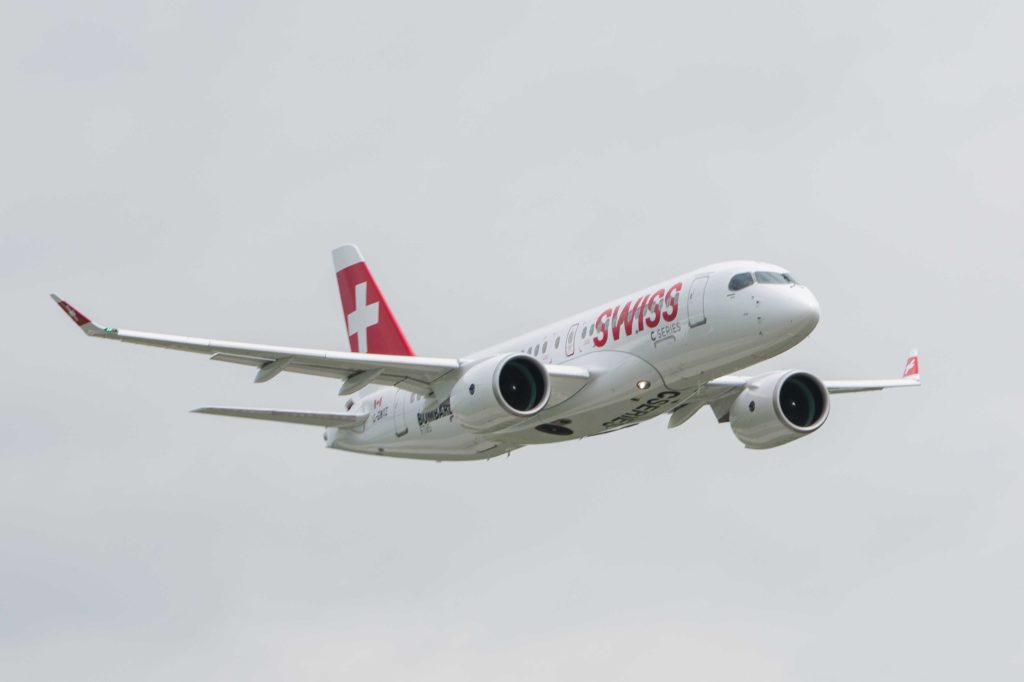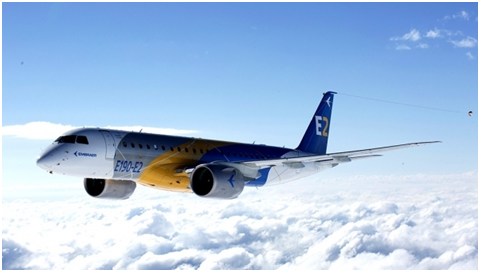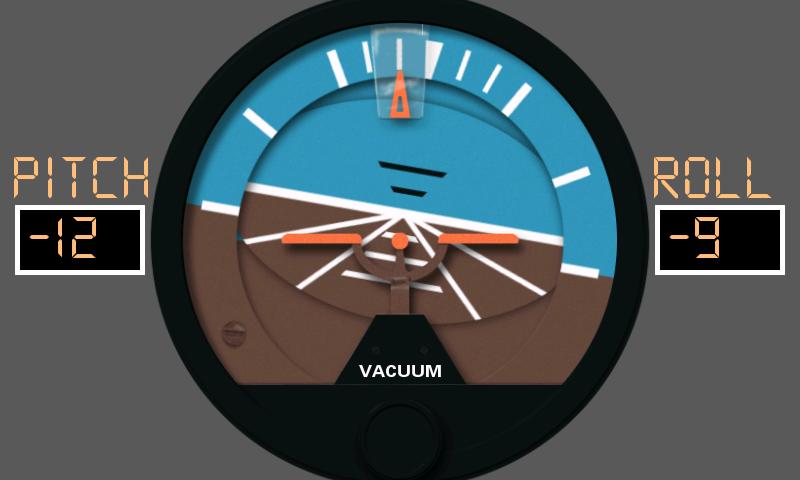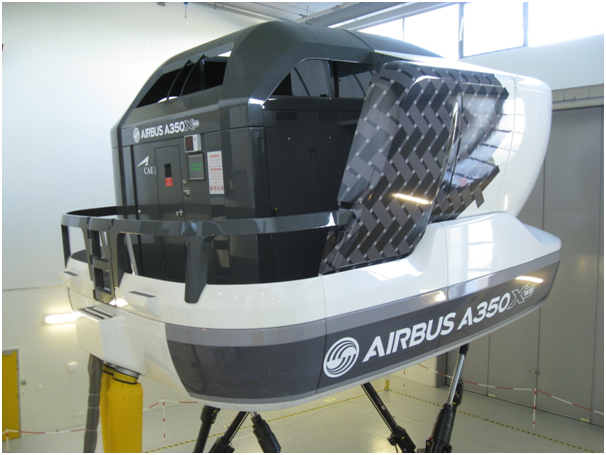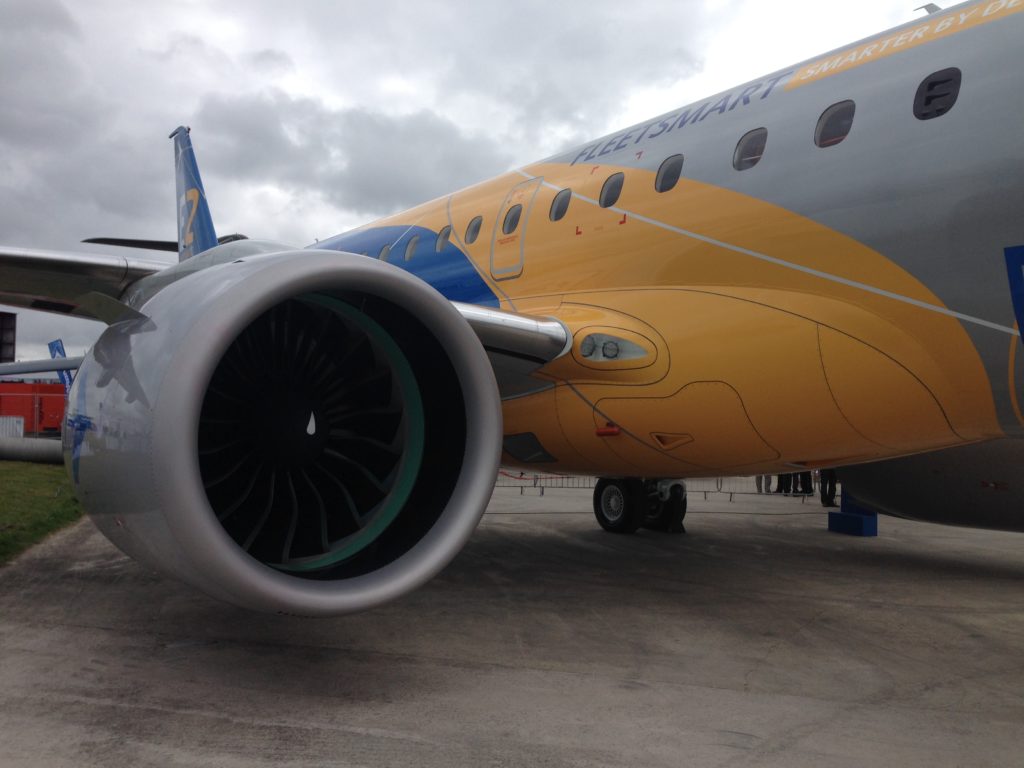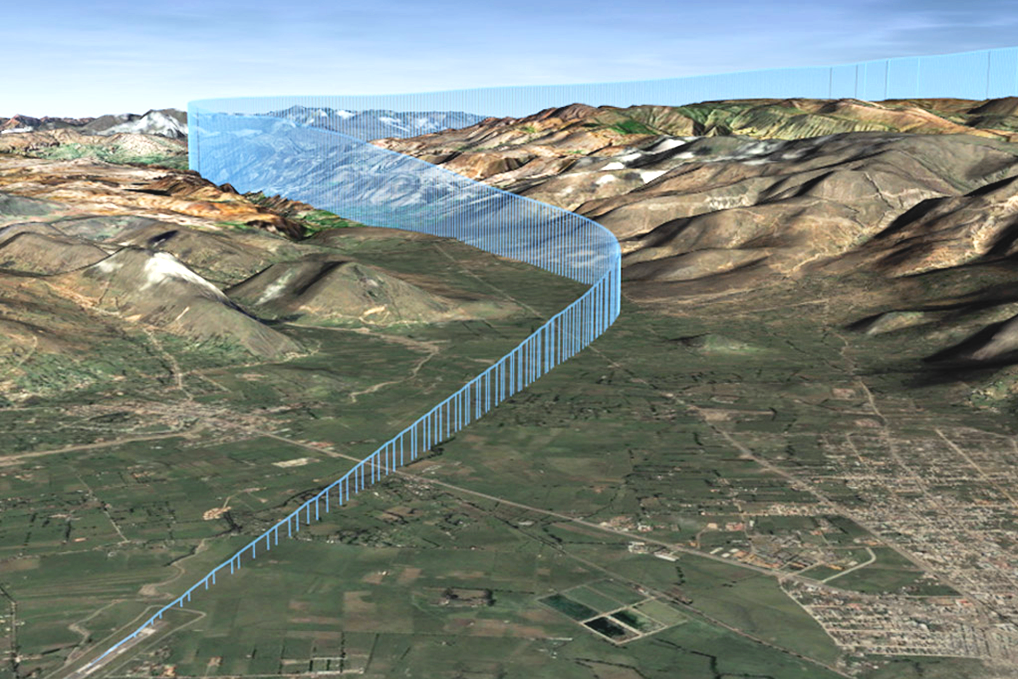Leeham News and Analysis
There's more to real news than a news release.
 Leeham News and Analysis
Leeham News and Analysis
- SPEEA, Boeing at impasse over safety program, union says April 23, 2024
- Better transparency needed on Boeing’s 1Q earnings call April 22, 2024
- Bjorn’s Corner: New engine development. Part 4. Propulsive efficiency April 19, 2024
- Boeing unlikely to meet FAA’s 90-day deadline for new safety program April 18, 2024
- Focus on quality not slowing innovation, says GKN April 18, 2024
Bjorn’s Corner: A good in-service start for CSeries
 August 26, 2016, ©. Leeham Co: Bombardier’s CSeries appears to have a good start in airline operations following its show-and-tell at the Farnborough Air Show in July. The first CS100 entered service with launch customer SWISS International Airlines shortly after the international event wrapped up. The aircraft has now been in service a month.
August 26, 2016, ©. Leeham Co: Bombardier’s CSeries appears to have a good start in airline operations following its show-and-tell at the Farnborough Air Show in July. The first CS100 entered service with launch customer SWISS International Airlines shortly after the international event wrapped up. The aircraft has now been in service a month.
At the show I was on my way to a meeting with Rob Dewar, CSeries VP and Program manager to discuss the expected in service reliability of the CSeries, starting service with SWISS at the end of the week. I was a bit early and decided to use the time to pass the CS100 exhibition aircraft, the first series CS100 for SWISS. It was flown there by a SWISS crew earlier in the week.
The SWISS pilots were preparing for the trip home to Zurich as I entered the cockpit. We had time to talk about the aircraft and their expectations for the first revenue flight in two days, on Friday, the 15thof July. Read more
Posted on August 26, 2016 by Bjorn Fehrm
Bjorn’s Corner: LED runway lighting causes problems
August 19, 2016, ©. Leeham Co: I described in my Corner from 5th of August how a forward looking IR camera could add Enhanced Vision capabilities to a pilot’s tools for safe landings. The camera can pick up the infrared heat radiation from temperature differences in the nature down to a tenth of a degree. It can therefore see things that the naked eye can’t see.
Figure 1 is from a trail that FedEx did before equipping several of its freighters with Enhanced Vision Systems. The Infrared camera (right) can clearly see all heat-emitting objects around the runway, including the fields; the naked eye looking through the cockpit window (left) can’t see anything.
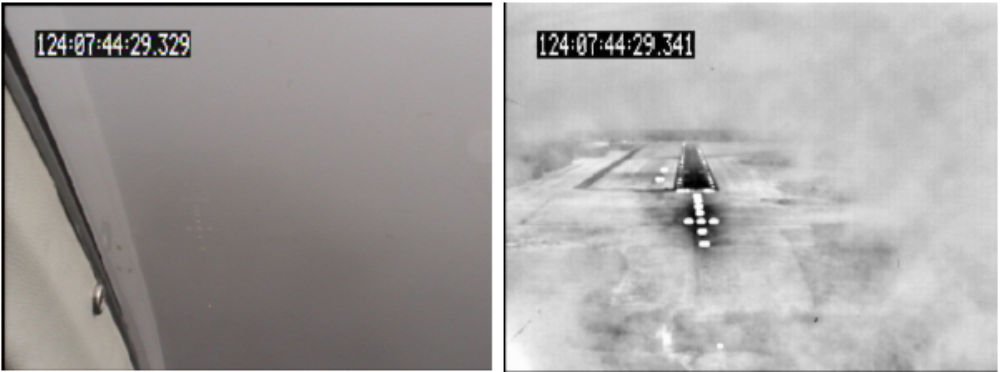
Figure 1. Naked eye (left) versus IR camera (right) when landing on a foggy day. Source: FedEx presentation.
This all works fine as long as the landing and runway lights emit heat, i.e., are standard incandescent types. But these are now replaced more and more with LED lights where there is no heat and therefore no appearance on the Enhanced Vision!
Will Enhanced Vision crumble before it took off? Luckily there is a solution. Read more
Posted on August 19, 2016 by Bjorn Fehrm
Bjorn’s corner; Runway safety systems
August 11, 2016, ©. Leeham Co: I recently wrote about the need for Synthetic Vision and other aids to increase the situational awareness of commercial pilots. I asked the OEMs what their plans were for such aids.
One OEM answered that the system will take time until it gets offered as the additional training for the pilots to use the system is not popular with the airlines. It’s hard to monetize a concrete operational benefit for Synthetic Vision systems.
I have now got a slightly different answer from Embraer. Here is what they say. Read more
Posted on August 12, 2016 by Bjorn Fehrm
Bjorn’s Corner: Enhanced Vision
August 05, 2016, ©. Leeham Co: Last week we described Synthetic Vision and discussed why it hasn’t got its breakthrough yet. If we would have taken things chronologically, we should have started with Enhanced Vision systems.
Once again Gulfstream Business jets was the first to introduce Enhanced Vision Systems (EVS) into service. In 2001 it was certified as an option to the Gulfstream’s flight deck, using an infrared camera to generate a picture of what happens in front of the aircraft when visibility is bad, Figure 1.
Posted on August 5, 2016 by Bjorn Fehrm
Bjorn’s Corner: Synthetic Vision
29July 2016, ©. Leeham Co: In last week’s Corner we discussed the power of the eye versus other senses of the human body. If one provides the eye with a convincing visual scenario, it can override many other senses that tell the brain another story.
When flying in bad weather, there is nothing in the human body that helps us to say which is up or down. Gravity should do it, you say, with the inner ears balance organ and the bums pressure situation telling us if we are up or down. Not so sure! It is very easy to slowly enter a yawing downward spiral which produces a perfect 1G force straight downwards in the aircraft, telling our brain we are doing just fine.
Birds can’t fly in clouds for the same reason we can’t, at least not without aids. The standard aid is the artificial horizon, Figure 1.
I choose the picture because it shows the problem with an artificial horizon well. Tell me what is happening in the picture? The orange bits in the middle is the aircraft. Is the horizon leaning to the right or the aircraft to the left?
One can gradually intellectually understand that a horizon does not lean so the aircraft is rolling left. But it is not a very intuitive tool to understand what is happening. Let’s now see what happens when we make the horizon more real. Read more
Posted on July 29, 2016 by Bjorn Fehrm
Bjorn’s Corner: Flight simulators
22 July 2016, ©. Leeham Co: Last week at the Farnborough Air Show I had the chance to try three flight simulators: The MC-21 airliner simulator, the SAAB Gripen fighter simulator and a special simulator for testing some new 3D synthetic vision ideas for a future avionics system. I’ve now tried some dozen different aircraft simulators of different generations, not counting the PC-based ones.
The simulators were different types. Some were fixed with displays that wrapped around and covered the peripheral vision like the Irkut MC-21 and SAAB Gripen ones. Others were full motion with complete surround vision display like the Airbus A350 simulator that I trained in ahead of flying A350 MSN002 last April, Figure 1. A third type were closed full motion simulators that lacked a vision system.
Compared with the very advanced Airbus simulator, I was surprised how realistic it felt with the simpler fixed simulators I tried last week. It made me wonder why.
Posted on July 22, 2016 by Bjorn Fehrm
Bjorn’s corner: Farnborough week
July 15, 2016, ©. Leeham Co, Farnborough Air Show: We have been at Farnborough Air Show this week, the highlight of the year for an aircraft geek like me. This year there were several interesting aircraft that visited the show for the first time.
Embraer brought over the brand new first prototype of the E-jet 190-E2 and the prototype of their military transporter, the KC-390. Bombardier had their first customer/production CS100 from Swiss to visit the show in addition to their Flight Test Vehicle (FTV) no 5. And Lockheed Martin had the F35B, the vertical landing version, come and hover over the airfield the days that were reasonably rain free in the afternoon.
One thing is clear with the new generation of Single Aisle aircraft: their high bypass engines dominate the visual appearance. Figure 1 shows the 73 inch version of the Pratt & Whitney GTF on the E190-E2 prototype. Huge diameter engine on a not so huge diameter aircraft.
Posted on July 15, 2016 by Bjorn Fehrm
Bjorn’s Corner: Over the oceans, use FANS
08 July 2016, ©. Leeham Co: We have over the last Corners described the future Air Traffic Management systems as a combination of ADS-B and Controller-Pilot Data Link Communications, CPDLC.
What to do when there are no ground stations that can receive the ADS-B broadcast of the aircraft’s position and where it’s going? Or the aircraft’s VHF based CPDLC?
We now talk about crossing the large waters where there are no ground stations for neither ADS-B signals nor VHF communications, whether by voice or data.
The solutions over these Oceanic areas have to be based on the aircraft following predetermined tracks, Figure 1, and continuously issuing position reports to ground controllers that keep the aircraft separated along the tracks based on the reports. We now cover how this has been done historically and the way forward.
Posted on July 8, 2016 by Bjorn Fehrm
Bjorn’s Corner: When it gets tough, use PBN
1 July 2016, ©. Leeham Co: Over several Corners we have described how the introduction of ADS-B and GPS will revolutionize air navigation and the ease with which bad weather take-off and landing procedures can be defined, with minimal requirements for installations on the ground.
The GPS system enables accurate enough navigation systems if extra correction systems augment the GPS signal. They then enable ILS-like landing capabilities on virtually any airport without requiring special ground installations.
There are situations where the capabilities of augmented GPS systems are not good enough. When local terrain requires that approach or departure procedures to and from an airport be flown in a narrow corridor with curved paths, we need to step up to Performance Based Navigation.
We will now go through what Performance Based Navigation is and how it differs from the GPS- based RNAV navigation we have described so far and when it will be used.
Posted on July 1, 2016 by Bjorn Fehrm
Bjorn’s Corner: Asia-Pacific Air Traffic Management
 June 24 2016, ©. Leeham Co: Having covered the Air Traffic Management challenges in North America, Europe and Middle East we will now finish the series by looking at some specific problems affecting the Asia-Pacific region.
June 24 2016, ©. Leeham Co: Having covered the Air Traffic Management challenges in North America, Europe and Middle East we will now finish the series by looking at some specific problems affecting the Asia-Pacific region.
Asia-Pacific is the world region with the strongest growth in air traffic. IATA calculates that within 20 years half of the world’s air travel will originate or terminate within the region. Figure 1 shows that air traffic has several hot spots in Asia-Pacific, but also that there are areas with rather moderate traffic.

Figure 1. Air traffic’s main routes in the world. Asia-Pacific is an area with large differences in air traffic intensity. Source: Rockwell Collins
The region has its unique set of Air Traffic Management problems. We will now cover those that must be solved, should the region’s Air Navigation Service Providers (ANSPs) be able to manage the forecasted growth in air travel in a safe way. Read more
Posted on June 24, 2016 by Bjorn Fehrm
Email Subscription
Twitter Updates
My TweetsAssociations
Aviation News-Commercial
Commentaries
Companies-Defense
Resources
YouTube
Archives
- April 2024
- March 2024
- February 2024
- January 2024
- December 2023
- November 2023
- October 2023
- September 2023
- August 2023
- July 2023
- June 2023
- May 2023
- April 2023
- March 2023
- February 2023
- January 2023
- December 2022
- November 2022
- October 2022
- September 2022
- August 2022
- July 2022
- June 2022
- May 2022
- April 2022
- March 2022
- February 2022
- January 2022
- December 2021
- November 2021
- October 2021
- September 2021
- August 2021
- July 2021
- June 2021
- May 2021
- April 2021
- March 2021
- February 2021
- January 2021
- December 2020
- November 2020
- October 2020
- September 2020
- August 2020
- July 2020
- June 2020
- May 2020
- April 2020
- March 2020
- February 2020
- January 2020
- December 2019
- November 2019
- October 2019
- September 2019
- August 2019
- July 2019
- June 2019
- May 2019
- April 2019
- March 2019
- February 2019
- January 2019
- December 2018
- November 2018
- October 2018
- September 2018
- August 2018
- July 2018
- June 2018
- May 2018
- April 2018
- March 2018
- February 2018
- January 2018
- December 2017
- November 2017
- October 2017
- September 2017
- August 2017
- July 2017
- June 2017
- May 2017
- April 2017
- March 2017
- February 2017
- January 2017
- December 2016
- November 2016
- October 2016
- September 2016
- August 2016
- July 2016
- June 2016
- May 2016
- April 2016
- March 2016
- February 2016
- January 2016
- December 2015
- November 2015
- October 2015
- September 2015
- August 2015
- July 2015
- June 2015
- May 2015
- April 2015
- March 2015
- February 2015
- January 2015
- December 2014
- November 2014
- October 2014
- September 2014
- August 2014
- July 2014
- June 2014
- May 2014
- April 2014
- March 2014
- February 2014
- January 2014
- December 2013
- November 2013
- October 2013
- September 2013
- August 2013
- July 2013
- June 2013
- May 2013
- April 2013
- March 2013
- February 2013
- January 2013
- December 2012
- November 2012
- October 2012
- September 2012
- August 2012
- July 2012
- June 2012
- May 2012
- April 2012
- March 2012
- February 2012
- January 2012
- December 2011
- November 2011
- October 2011
- September 2011
- August 2011
- July 2011
- June 2011
- May 2011
- April 2011
- March 2011
- February 2011
- January 2011
- December 2010
- November 2010
- October 2010
- September 2010
- August 2010
- July 2010
- June 2010
- May 2010
- April 2010
- March 2010
- February 2010
- January 2010
- December 2009
- November 2009
- October 2009
- September 2009
- August 2009
- July 2009
- June 2009
- May 2009
- April 2009
- March 2009
- February 2009
- January 2009
- December 2008
- November 2008
- October 2008
- September 2008
- August 2008
- July 2008
- June 2008
- May 2008
- April 2008
- March 2008
- February 2008


